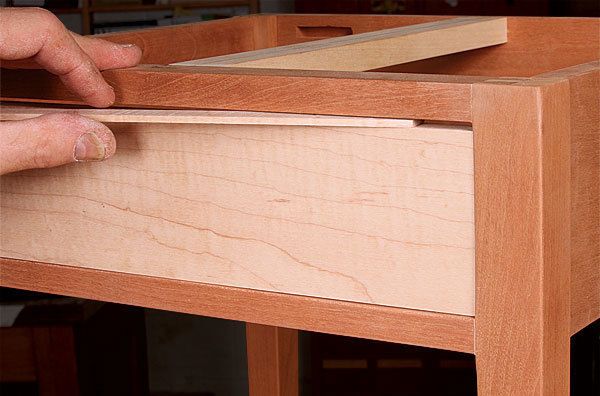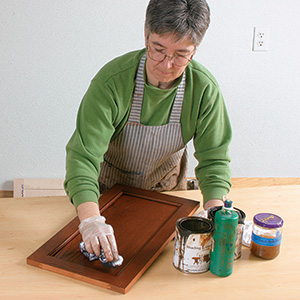How to Fix Flaws and Mistakes
Invisible repairs that will save you from starting over
Synopsis: Everybody makes mistakes. The difference is that professional woodworkers know the secret is to fix them so nobody can tell they ever happened. To compile a woodworker’s survival guide, we talked to FWW’s top authors to get their greatest tips on fixing mistakes. The problems fall into three categories: defects and flaws in the wood, miscut joinery, and undersize parts. But there are some tips that apply to every mistake and every project.
It’s an old chestnut, but it’s true: The difference between a professional and an amateur is that the pro knows how to cover up his mistakes. We all make mistakes, so it is almost certain that the hole you find yourself in has been previously occupied—and that a former occupant found a successful way out. To compile a woodworker’s survival guide, I talked to FWW’s top authors to get their greatest tips on fixing mistakes. I’ve divided the problems into defects and flaws in the wood, miscut joinery, and undersize parts, but there are some tips that apply to every mistake and every project.
Will Neptune told me about a student in the musical instrument department at North Bennet Street School who had almost completed a violin. He was applying a French polish when his pad stuck to the surface, leaving a blemish in the otherwise flawless finish. In a rage, the student smashed the violin to pieces.
Too bad he didn’t take Garrett Hack’s advice and sleep on the problem. More often than not inspiration will strike, either in the early hours or the next morning when you are no longer angry at yourself. In the case of the violin, rubbing the spot with an alcohol-dampened pad would have removed the error in minutes!
Michael Fortune said his universal tip is to hang onto every piece of scrap until a project has left the workshop. It’s much easier to get a good grain and color match for a patch if you still have part of the board left over.
Defect or damage? Don’t lose hope
Nobody’s perfect, not even nature. So as well as self-inflicted damage, someday you’ll face a beautiful board marred by a loose knot or a large wormhole. Learn ways to overcome both.
Smart scoop, invisible patch
When Chip Ogg drilled through the top of a 48-in.- dia. tabletop, he knew his boss, Charles Shackleton, wouldn’t be happy. So he did some fast thinking. Using nothing but a carving gouge, he created a repair that was so good, he challenged his fellow cabinetmakers to find it.
From Fine Woodworking #228
For the full article, download the PDF below:
Fine Woodworking Recommended Products

Bessey K-Body Parallel-Jaw Clamp

Festool DF 500 Q-Set Domino Joiner

Stanley Powerlock 16-ft. tape measure






















Log in or create an account to post a comment.
Sign up Log in